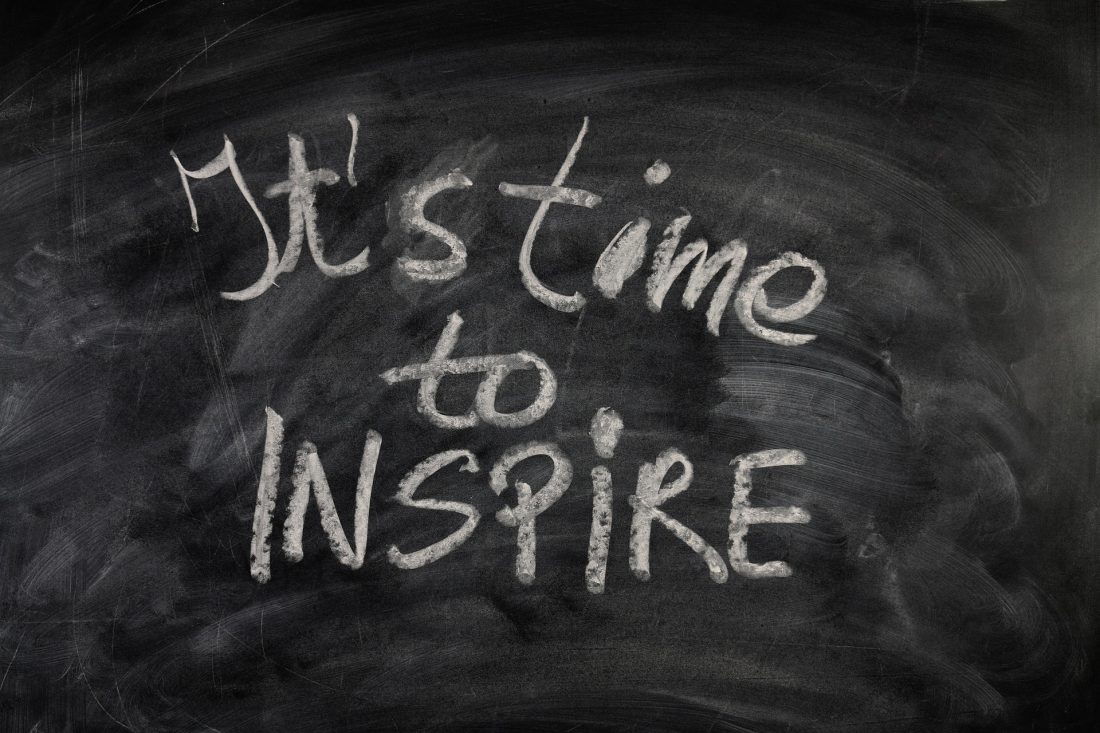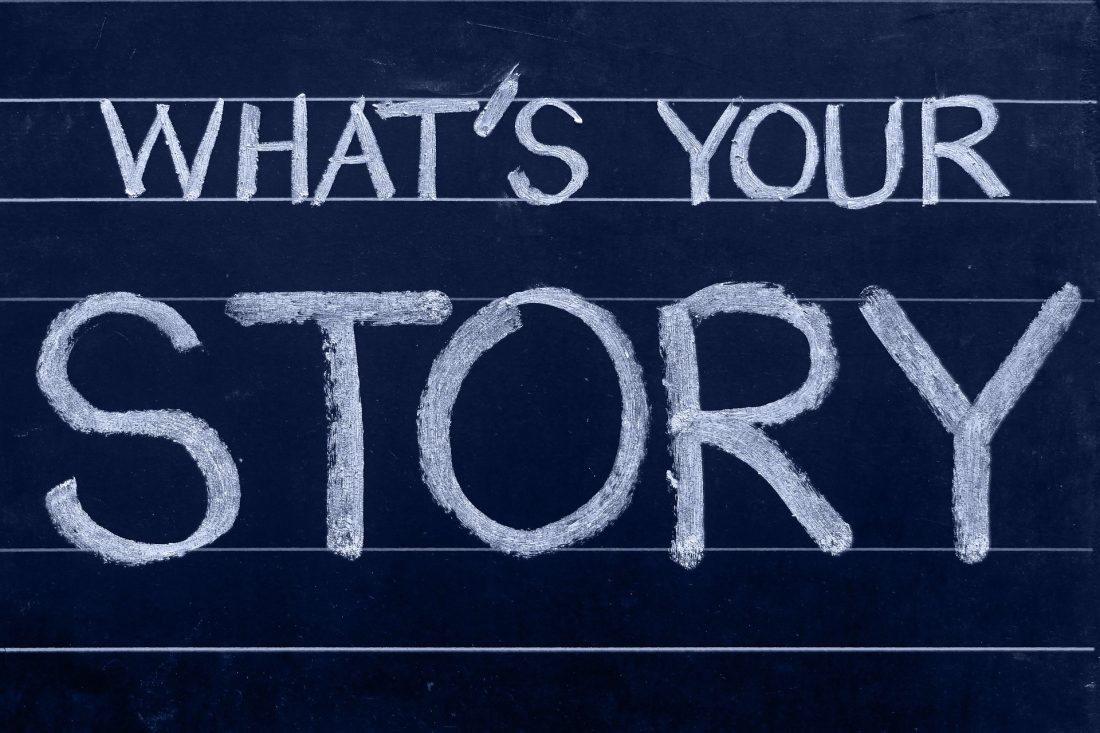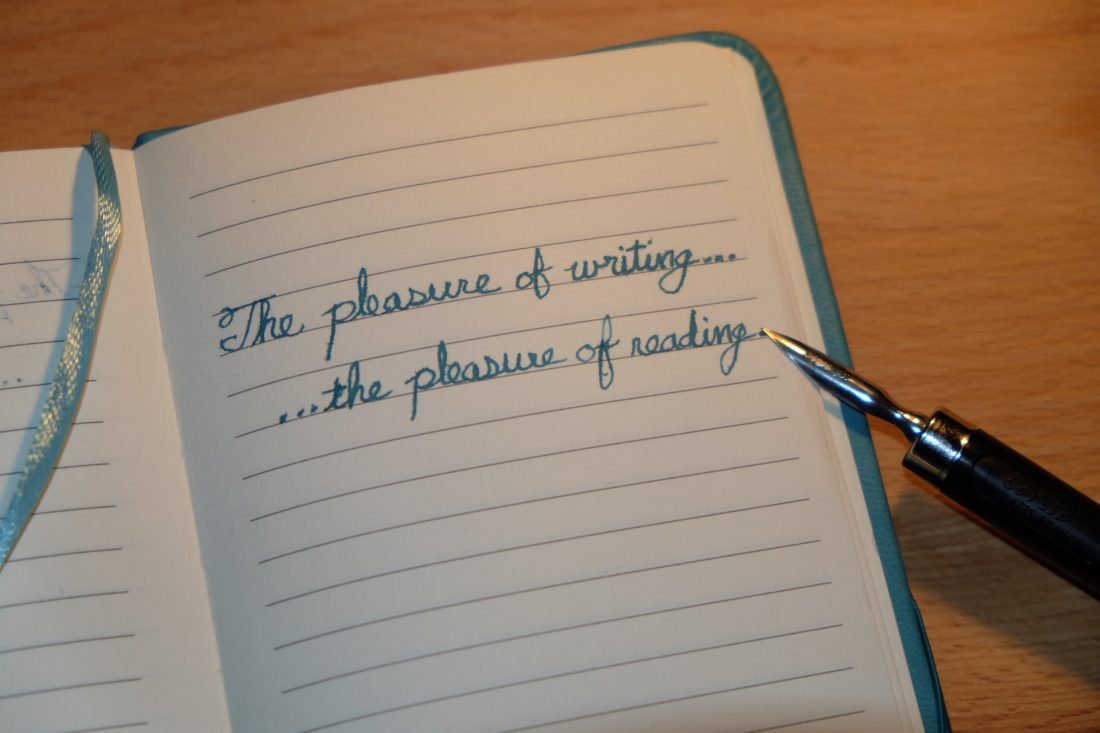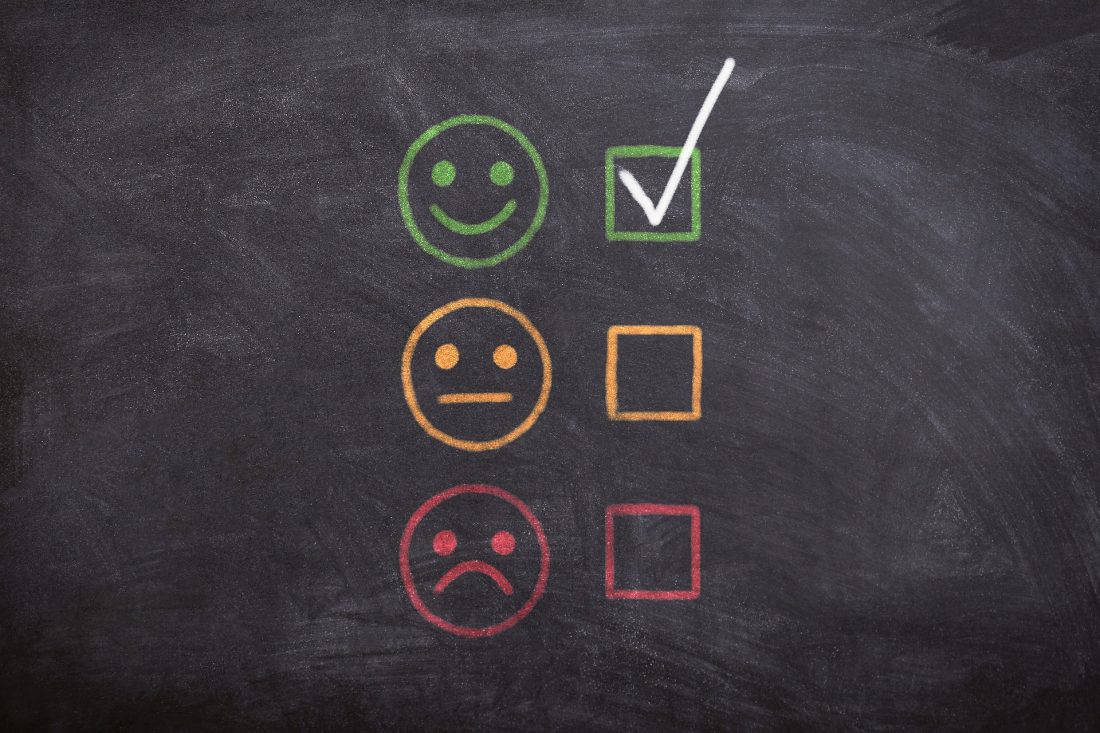
Pauliny Zito
Planner, copywriter and copydesk
Copy is not “just” for blog articles, websites or social media captions.
The fact is, with social media, we’ve started writing a lot more and we’ve all become “writers” or “copywriters” as you will.
Writing will always be part of the process, whether creating videos, podcasts, dynamic presentations or games. After all, planning is necessary.
No matter the format or medium, the challenge is to write so well in order to create a loyal audience throughout the buying journey.
Understand how in this article.

Pauliny Zito
Planner, copywriter and copydesk
Copy is not “just” for blog articles, websites or social media captions.
The fact is, with social media, we’ve started writing a lot more and we’ve all become “writers” or “copywriters” as you will.
Writing will always be part of the process, whether creating videos, podcasts, dynamic presentations or games. After all, planning is necessary.
No matter the format or medium, the challenge is to write so well in order to create a loyal audience throughout the buying journey.
Understand how in this article.

Source: Gerd Altmann, Pixabay
What is copy?
Copywriting or simply Copy is persuasive writing, a technique to convince the audience to perform an action.
Therefore, copy, whether conversion or content, is totally linked to a persona (representation of the ideal customer).
A good copy…
Is never a copy of another.
Does not generalize.
Is not aggressive.
Doesn’t use clichés.
A good copy is creative and always original, aligned with the digital marketing strategy and aimed at the persona.
A good copy contextualizes and has a certain depth.
Inbound Methodology
For a successful copy, apply the Inbound Methodology.
Inbound = Content + Context (for those who are creating it).
Simply put, it’s the right information to the right person at the right time, across all interactions.
Inbound Marketing works to create individualized relationships that make a lasting impact on your audience and your brand. In other words, the focus is always on the customer.
This methodology should span all teams (Marketing, Sales and Service) and basically has three phases:
- Attract (Attract)
- Engage
- Delight
- Some authors identify these three phases like this:
- Attraction
- Consideration
- Decision
Storytelling
Some people like to tell stories. Some people like to listen to stories. But of one thing we are sure. A good story is capable of catching the attention and captivating many people.
For this reason, the storytelling method is very present in the production of content in general. And, of course, also in copywriting.
Stories connect people with people, generate identification, and for this reason it is an excellent strategy to bring brands and customers closer together.
Engage the persona when relating your story. Identification happens depending on the situation, the journey and the emotion.
Furthermore, storytelling is a good technique for possible viralization, and can be applied punctually in the content or as part of its structure.
Hero’s Journey
- Introduction
- Problem (Pain)
- Refusal to call (moment of tension)
- Mentor
- Challenge (Climax)
- Resolution

Source: yogesh more, Pixabay
Mental triggers
Mental triggers are psychological motivators or facilitators for the brain that help arouse emotion, and are widely applied in copy.
Robert B. Cialdini, in The Weapons of Persuasion, mentions six triggers most commonly used in advertising:
1) Reciprocity
Reciprocity is delivering value so that the persona reciprocates.
2) Commitment and Coherence
Keeping to the agreement and being consistent at all times.
3) Social Approval
“Since 95% of people are imitators and only 5% initiators, they are convinced more by the actions of others than by any evidence we can offer.”
– Roberto Cavett
4) Affection
Affection is about creating a bond, connection with the persona.
5) Authority
The company as an expert in a particular subject. It is the principle of reputation.
6) Scarcity
Scarcity can be of time, bonuses, vacancies, access.
How to make your writing easier, more accessible and fun
There is a method called the Writing GPS Framework that puts the reader at the centre of your work and enables you to publish with confidence.
It takes the writer or copywriter from an initial idea to a complete piece of content.
The GPS Structure of Writing has three stages:
1) G: to go (Go)
Before you actually start writing, the first step is to research and plan, because then the writing should flow more easily and naturally.
But before that, identify your goal, that is, the aim of the content. Look at that goal and reframe it from the customer’s perspective, thinking about the benefit to them and why they should convert after reading your content.
Then gather data or evidence, such as statistics, facts, figures, research, quotes from experts, testimonials from other customers.
Finally, organize your ideas, thinking about the format of your content.
2) P: to push (Push)
It’s time to write and rewrite.
First, write a first draft without worrying about mistakes or inconsistencies, because the point here is to get your ideas down on paper.
Next, rewrite your content for one person (the persona, for example), keeping the good parts, eliminating the bad parts and rewriting the content. By doing this, your writing will have a more natural, focused, friendly and accessible tone.
With time, and some techniques, you will develop your own voice, winning over your audience: notice what repeats in your content, the length of your sentences, your vocabulary, your punctuation, your descriptive style, your differentiation from other writers.
An extra tip is to always test new styles and new ideas, especially techniques from people you admire.
3) S: to Shine
In this last stage, you should revise the content and publish it.
For this, you can resort to Artificial Intelligence editing tools, such as the Grammarly or Hemingway apps. But beware! AI should not replace a good human editor or proofreader.
Finally, read your content aloud to identify where/if it is confusing, in addition to the flow and rhythm of the writing.
Ask yourself: does this content make the reader want to move on to the end?

Source: noeliebodin, Pixabay
How to create a long-term content plan
To create an audience through copy, you will necessarily have to create a long-term content plan.
How to do this? Consider the following three steps:
Step 1: Set marketing goals
Set marketing goals based on SMART Goal: Specific, Measurable, Attainable, Relevant, Timely.
Step 2: Assess your organisation’s initiatives and assets
Assess your organisation’s initiatives and assets through content audit, event-based audit, such as projects, priorities or upcoming events.
Step 3: Identify the customer journey for your buyer personas
In this step, remember that the customer journey is always evolving.
How to use copywriting
Copy in the stages of the funnel
- Top of the Funnel: Discovery
At the top of the funnel, a mental trigger that works well is Reciprocity. At this stage, offer rich content to your audience.
- Middle of the Funnel: Solution
In the middle of the funnel, use the mental triggers Social Proof and Storytelling in order to strengthen the relationship with your persona.
- Bottom of Funnel: Decision Making
At the bottom of the funnel, work with the mental triggers Authority and Scarcity using persuasion.
Copy in rich materials
Use timeless language in your rich material.
Explore comparisons.
Put yourself as a reference, an authority, and present something relevant, with a differential.
Write persuasive titles, with questions or promises – and deliver on them in the rich material (in the e-book, for example).
And don’t forget to interact with the persona.
Copy in conversions (sales)
Get the persona’s attention.
Explore their pain. Present the solution. Arouse emotion through mental triggers.
Show the path to decision making.
Write an impactful sentence and a call to action (CTA) that is clear and direct, but not crude, however with short and simple sentences (5 to 7 words).
Scannability
Scannability is the same as optimizing content to improve the user experience, i.e. a feature to make the content easier to read dynamically.
Such resources can be:
- bold
- italics
- intertitles
- numbered lists
- images
- links
A search engine optimised copy uses:
- keyword assertive
- authentic content
- quality text
- SEO-friendly copywriting
How to create an irresistible copy
If you’ve made it this far, congratulations!
You’re really committed to creating irresistible copy!
Techniques
Below, I share some techniques to consider in your copy:
3 Cs
Clear | Concise | Compelling
1-2-3-4 Formula
What’s in it for you? Write all about the offer, product or service.
What will I do for you? Write about the advantages and benefits of the product or service.
Who am I? Demonstrate Authority. Write about your company (or yourself for that matter).
What are the Next Steps? Place the CTA.
Formula PAS
Pain | Stir | Solve
4 Ps of Persuasion
Promise | Image | Proof | Push
Writing Tone
However, for a copy to be, indeed, irresistible, combine these techniques with an important key element: the tone of the writing.
Just as important as what you say (or write) is the tone you choose to say (or write) it. Ultimately, it is your mode of expression.
In this way, the tone of your writing is obtained by the choice of words, the story told and the intended connotation.
Too much irony, too few resources compromises your writing and can make your audience abandon your content. And worse, give up on the purchase, if the copy is converting.
A good, effective and memorable story will not always be a guaranteed success, because it depends on how it is told. And that ‘how’ will depend on ‘who’ is listening (or reading).
Just as far-fetched or very technical words can drive away the audience because they consider them elitist.
Did you understand why the persona matters so much?!
The Soul of the Copy
A successful copy is one that interacts with the persona and touches on their emotions.
A successful copy is one that employs a tone in the writing that connects with the persona.
Show your audience the benefits of what you are selling.
Move it, induce it, lead it towards a solution.
Help your customers to grow.
Create lasting relationships through three strands:
- Solving problems.
- Helping them achieve goals.
- Exceeding expectations, with additional recommendations, instruction and high-level service.

I close this article with some tips for you to write a soulful copy:
✔ Put yourself in the shoes of your buyer persona.
✔ Monitor social media to see what your customers have been saying about your brand.
✔ Measure and track interactions.
✔ Conduct surveys with your customers.
✔ Ask open-ended questions.
✔ Benefit from the 80/20 Rule: 80% listening | 20% speaking
✔ Have reciprocity.
✔ Use data and research.
✔ Establish constant interactions (big or small).
✔ Write variations of the same copy.
And remember, the companies that educate best will be the most successful.